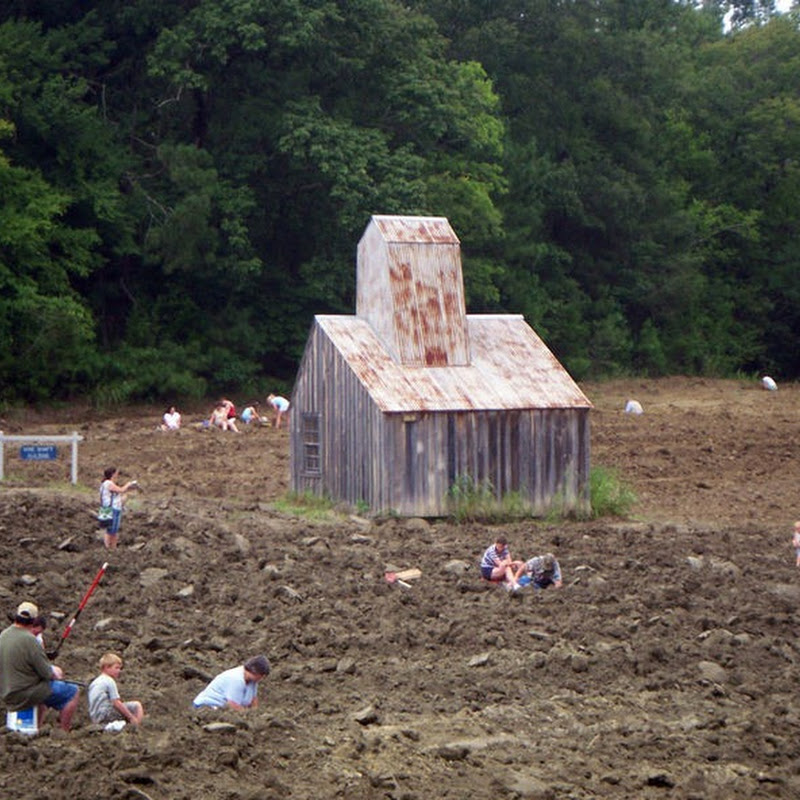The island of Staffa in Scotland is probably best known for its unique geological features, such as the many caves and the unique shape of the basalt columns which are also found in the Giant's Causeway. This remarkable little island, located south-west off the isle of Ulva and halfway between the Ross of Mull and the Treshnish Isles is one of the smallest in the Southern Hebrides.

On the east coast of Staffa are Goat Cave and Clamshell Cave. The latter is 10 m high, about 6 m wide at the entrance, some 45 m long, and on one side of it the ridges of basalt stand out like the ribs of a ship. On the southwest shore are Boat Cave and Mackinnon’s Cave, which has a tunnel connecting it to Cormorant Cave. Staffa's most famous feature is Fingal's Cave, a large sea cave located near the southern tip of the island some 20 m high and 75 m long formed in cliffs of hexagonal basalt columns.
The island was once inhabited in the 1700s by as much as 16 people but nowadays seabirds and tourists have taken over their place. The island came to prominence in the late 18th century after a visit by Sir Joseph Banks. He and his fellow travellers extolled by the natural beauty of the basalt columns and by the island's main sea cavern which Banks re-named 'Fingal's Cave'. Their visit was followed by that of many other prominent personalities throughout the next two centuries, including Sir Walter Scott, William Wordsworth an English poet, Queen Victoria and Prince Albert, Jules Verne and Dr David Livingstone, to name a few.












Photos: http://estranic.livejournal.com/
Spectacular Caves and Rocks at Staffa Island
4/
5
Oleh
Chandu Numerology










